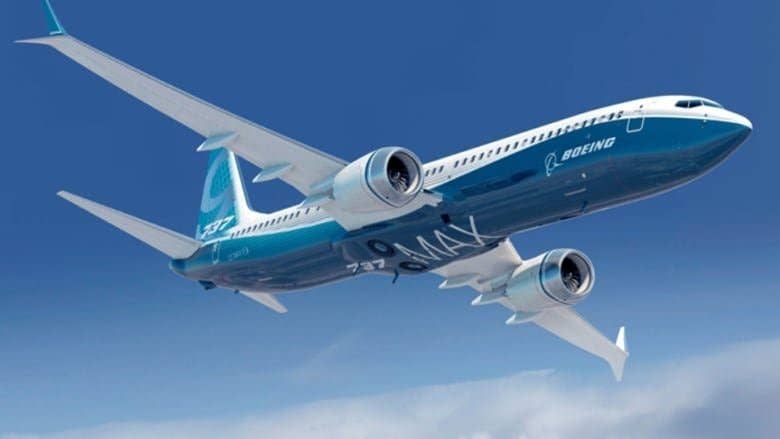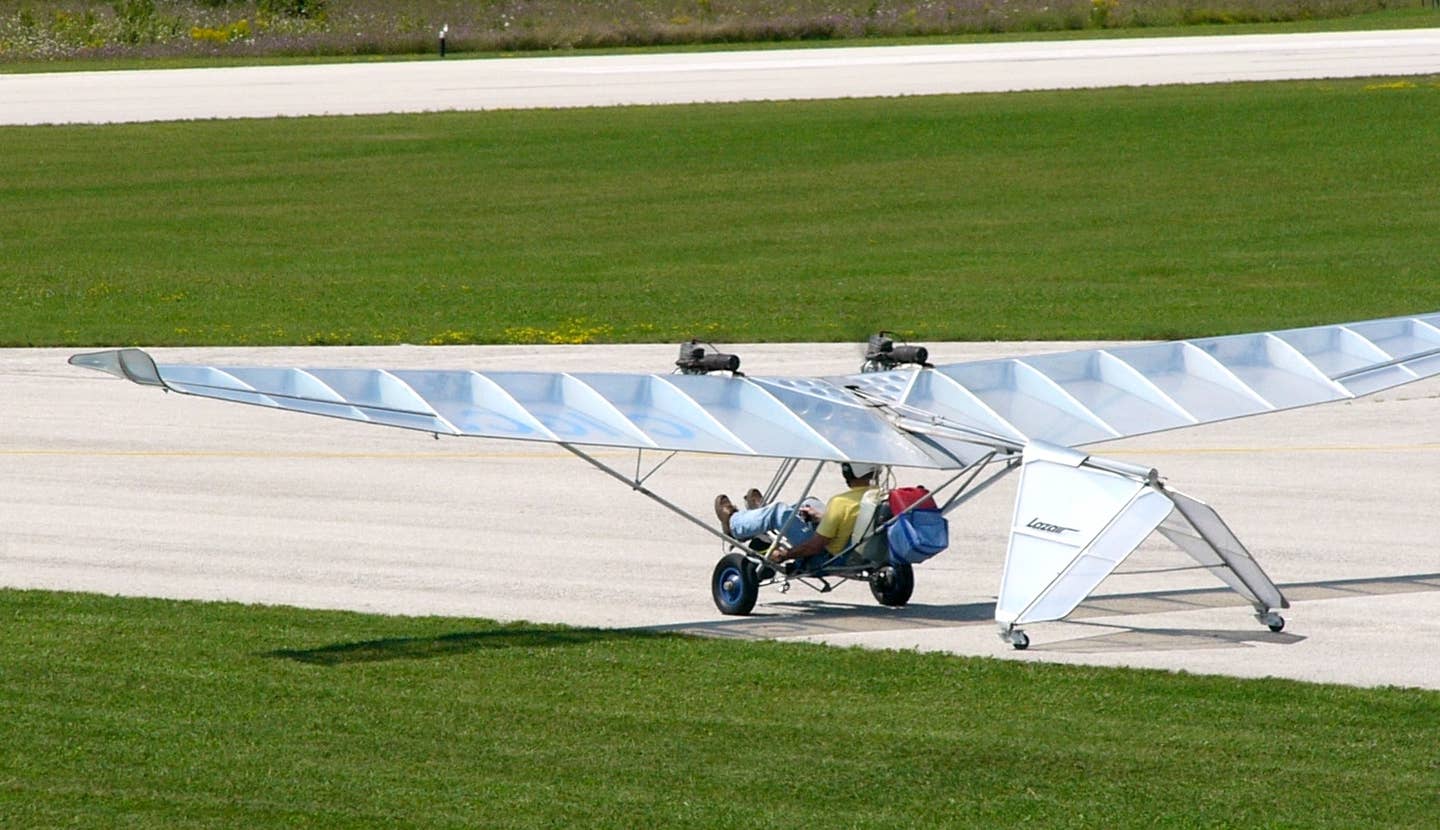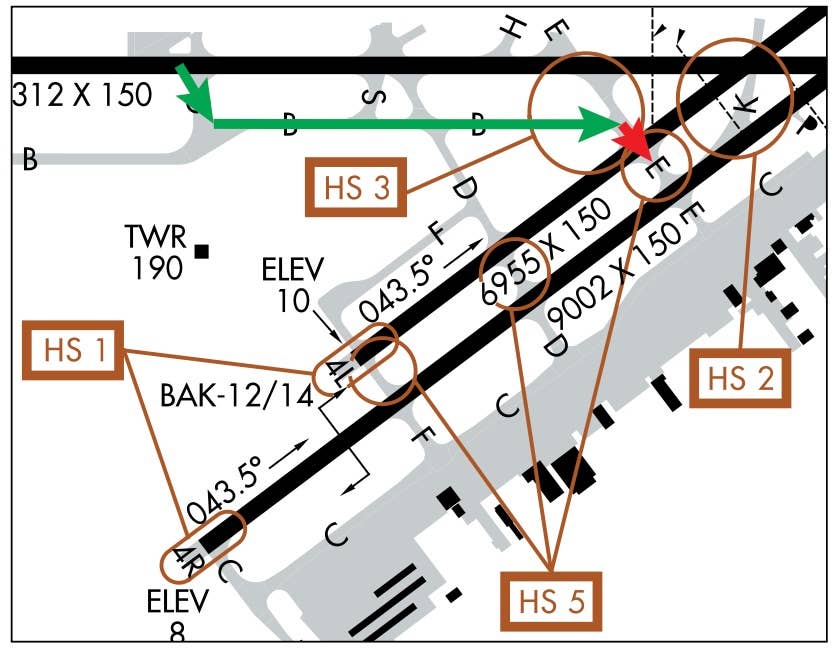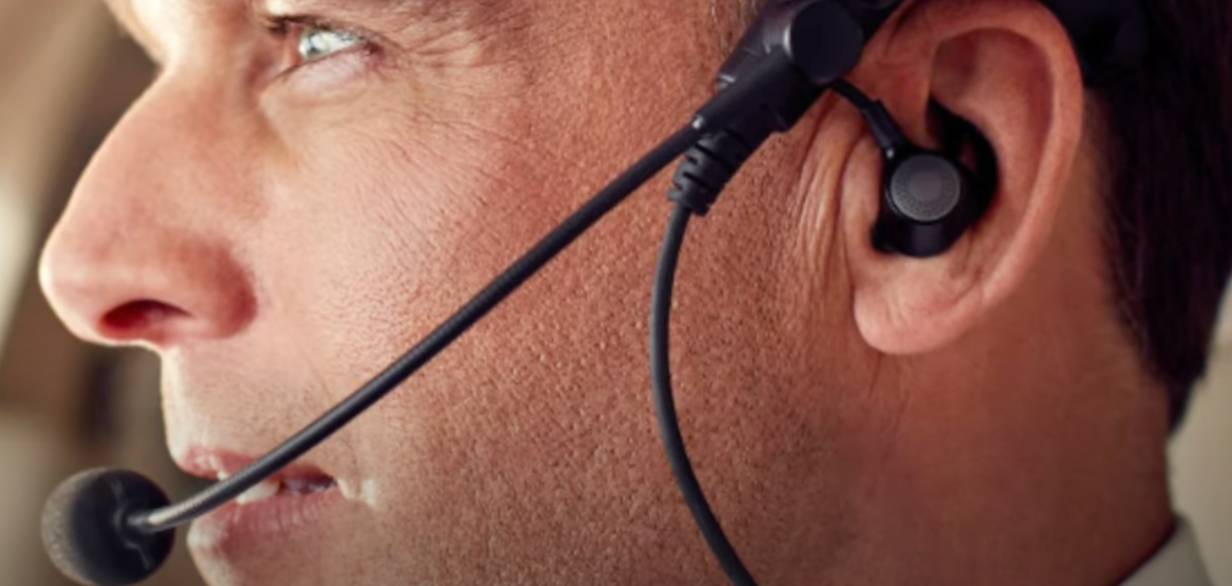Top Letters And Comments, June 21, 2019
This week’s letters brought comments from readers about the Boeing 737 MAX, consumer choice and airliners, and tourism on the ISS.

Image: Boeing
Pilot Union Defends Ethiopian Pilots, Questions 737 MAX Cert
Seriously? First, the one of the basic rules for flying an aircraft in an emergency is: Fly the Aircraft. The power remained in climb power throughout the emergency all the way until it crashed going well over VMO. The faster the aircraft flew, the more down nose pressure was exerted on the stabilizer. They clearly had no sense of this basic fact of how the stab trim works. Clearly as they exceeded VMO, a high speed stall was not remotely a possibility. With the flaps out on takeoff and the speed rapidly increasing, a slow sped stall was not remotely a possibility. Clearly they had no knowledge of the concept of pitch, power and airspeed as they relate to the possibility of a stall. They also had no knowledge of the well know concept of slowing things down when you have an emergency going on. If they had kept the flaps in the takeoff setting and reduced power, MCAS would never had engaged in the first place. Additionally, a slower speed would have provided the chance to handle the stab trim forces. I repeat they never reduced the power from normal climb power, which ultimately made the aircraft uncontrollable.
Second, they failed to follow the procedure outlined in the Boeing update to all Max operators after the first crash. They finally turned the stab trim switches to cutoff, as called out in the Boeing procedure. But because the low time co-pilot moved the manual trim switches in the wrong direction, the captain elected to reengage the stab trim cutoff switches to on. This set the stage for the stab trim to move to a position, whose force could not be physically overcome because of the ever-increasing airspeed, as a result of the fact the power was never reduced.
Obviously Boeing screwed up big time by designing a safety system with a single point of failure, with the system totally dependent upon a single AOA prob. With no backup and a comparator system with the right AOA, this was an accident waiting to happen. Also by making a warning light/system an expensive option, they removed another backup to a single point of failure of a so-called safety system. Additionally, they went from a modest movement of the stab trim with a MCAS engagement to a aggressive movement, which could quickly make a bad situation uncontrollable if certain basic common sense rules for dealing with an emergency were not followed.
All the points that Carey raised in his testimony are fair points to consider, however in the end it was a poorly designed system and a lack of basic flying knowledge that ultimately led to these deadly accidents.
As a point of reference to my experience to make the above comments, I have forty-nine years of safe flying, thirty-six years of Navy and airline flying with 20,500 plus flight hours.
Frank
Consumer Choice May Extend To Airliners
For a while now, I’ve been picking my flights based on aircraft type and my historic success of aircraft dispatch reliability. This generally means I fly Southwest on the B737 and avoid the A319/320/321. I haven’t had a need for long-haul flights, so I don’t have experience with any of the other types, with the exception of the B757/767. They are aged aircraft, but I don’t have any particular problem flying on them.
Gary Baluha
On any flight where there are multiple options, I select based on the aircraft type. Prefer the A320 series over the B737 for the wider seats and cabin. Like the B787 for long haul despite the slightly narrower seat in economy for the same reasons Russ mentioned. The B777 is just about bearable. Much prefer the A330. Go out of my way to avoid the B757/767 aircraft. Most are old and dingy now. LOVE regional aircraft (CRJ/EMB/DHC/ATR). Haven’t had the pleasure of the A350 yet.
Serena Ryan
Should NASA Allow Space Tourism On The ISS?
Skip NASA and the 30-year-old design space station.
Anonymous
If it helps pay the cost of the space station, sure bring lots of tourists.
Anonymous
Can we also play tourist in international nuclear research facilities?
Anonymous
It depends on the level of screening. We certainly don't want rich space tourists interfering with legitimate missions.
Anonymous
Not NASA's decision. It is an INTERNATIONAL space station.
Anonymous
Only if it benefits the public as a whole by lowering the burden of cost to the taxpayer, the working people who paid for the thing in the first place with our tax $.
Anonymous
If they've run out of meaningful things to use the station for, then it's time to end the program.
Anonymous
Yes, this is the way all new modes of public transportation began.
Anonymous
No, but the reason should be that the taxpayers paid for the station to be there for research purposes, not for millionaires’ joy rides.
Anonymous






